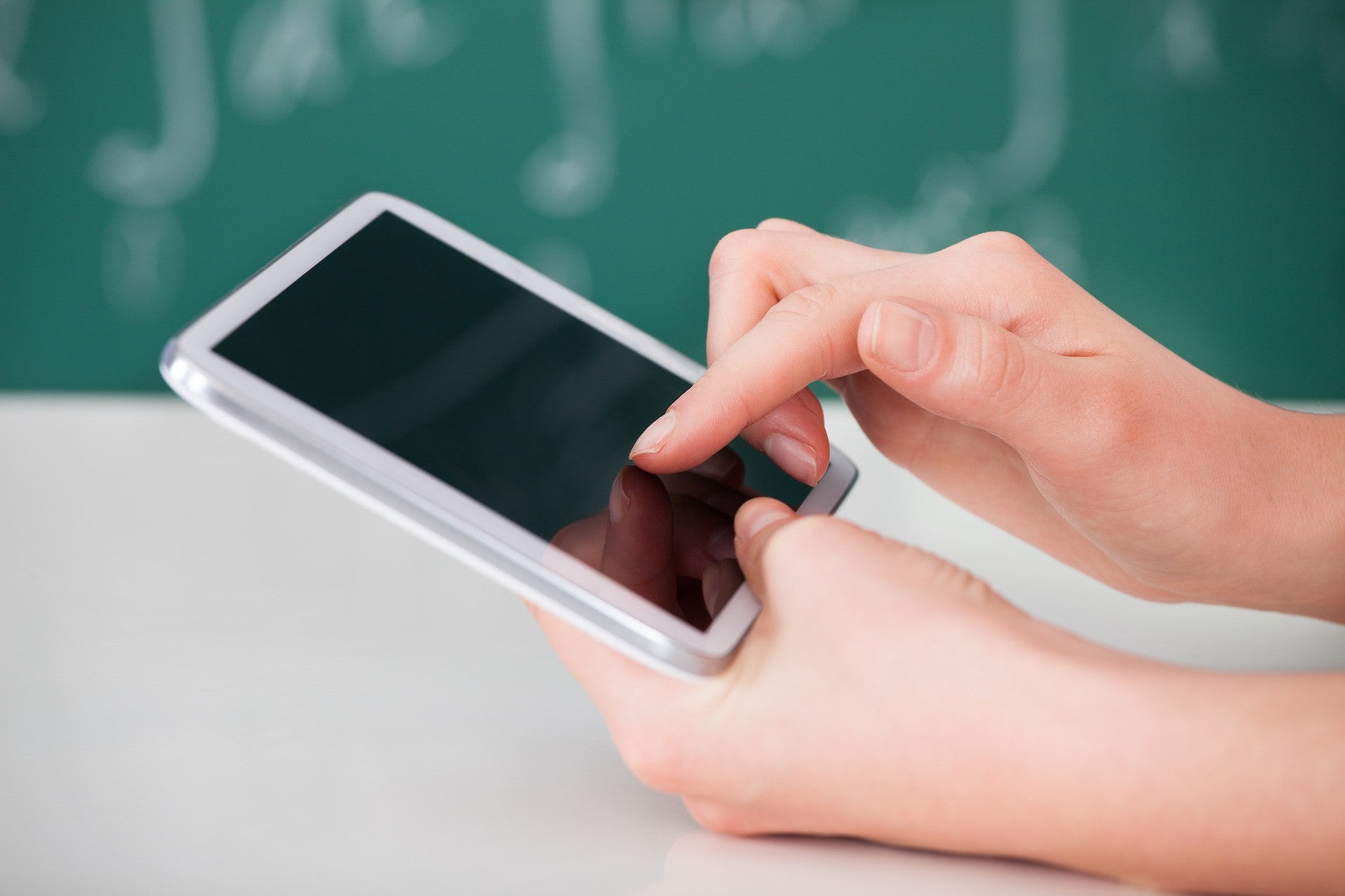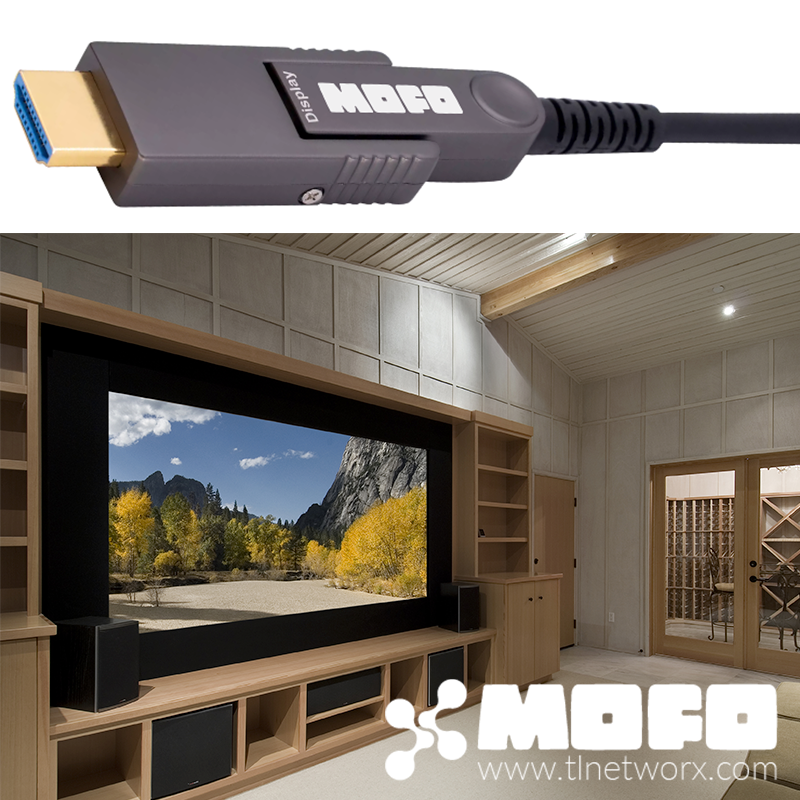BYOD turns into Bring-Your-Own-Device-to-School

BYOD (bring-your-own-device) is pretty common in the corporate AV world--more than 95% of meetings are now run on portable devices brought into the meeting room. But BYOD in the classroom is a fairly modern concept. Historically, educators used room-dedicated systems, such as the classic chalkboard, computer and even the interactive whiteboard. Today, classrooms are seeing a multitude of portable devices host the source content, and it's not always from the teacher. Students are increasingly using their own computers, tablets and even phones to provide presentations and multimedia...and this trend is expected to accelerate in coming years.
Obviously, every new trends presents a host of benefits and challenges, and Securedge Networks, a consulting and implementation firm focused on education-based wireless networks, published an excellent pros and cons list of BYOD in the classroom. In their words:
Pros of BYOD
1.) Students are already familiar and comfortable using their own technology so they can focus on actually learning with them than learning how to use the device.
2.) Students’ personal mobile devices tend to be more cutting-edge, so schools can more easily stay up-to-date with technology.
3.) Students are more likely to have remembered their beloved mobile devices than textbooks or notes.
4.) It’s a cost-effective way to save schools money on technology.
5.) With BYOD students are more likely to continue learning outside of schools hours.
6.) When students use their own devices, they take care of their own ‘training.’
7.) BYOD provides opportunity for teaching respectful/appropriate use, which will be important in properly preparing them for the future.
8.) Students will be more organized with all their notes and assignments all in one place.
9.) Gives the students limitless access to information and resources.
10.) BYOD allows student & teacher to swap roles.
11.) Teachers can use certain apps to be more connected with students and parents than ever before.
12.) Students love technology so BYOD engages students and creates enthusiasm and excitement about learning.
13.) If students bring their own devices to school, schools can concentrate funding on the students who need it, maybe providing an iPad leasing program.
14.) BYOD allows more opportunities for more personalized learning where students can excel at their own pace.
15.) Students take control of ensuring that their device is working, instilling a sense of responsibility.
16.) BYOD offers a way of delivering ebooks.
17.) There are loads of cool and exciting educational apps to get students excited about learning.
18.) The majority of students and adults already own the devices necessary for BYOD.
19.) Students can use the device they have chosen to complete their tasks so they are more likely to do them.
20.) BYOD can be used as a privilege to encourage students to stay on task.
Cons of BYOD
1.) All these mobile devices can overload your wireless network.
2.) It possibly opens up the opportunity for cheating.
3.) Technology may become a status symbol for students causing the divide between the haves and have not’s to be even greater.
4.) Parents may not be happy with the idea of paying for mobile devices for use in school.
5.) Students may be more easily distracted while working on their own mobile devices.
6.) Students might forget to charge their devices.
7.) Students bringing in their own devices to school may increase the possibility of theft.
8.) Students may not be able to afford these devices.
9.) What if a student brings a virus from home onto the school wireless network?
10.) It can be more challenging for an IT department to manage the bandwidth required to ensure all devices are connected and running smoothly.
11.) Students forget to bring their mobile devices.
12.) Applications may not be universal across all platforms.
13.) Your wireless network infrastructure may need to be addressed before implementation.
14.) Just like some of the parents, some of the students may not to mix in school work on their personal mobile devices.
15.) Some teacher may resist teaching with technology.



Comments